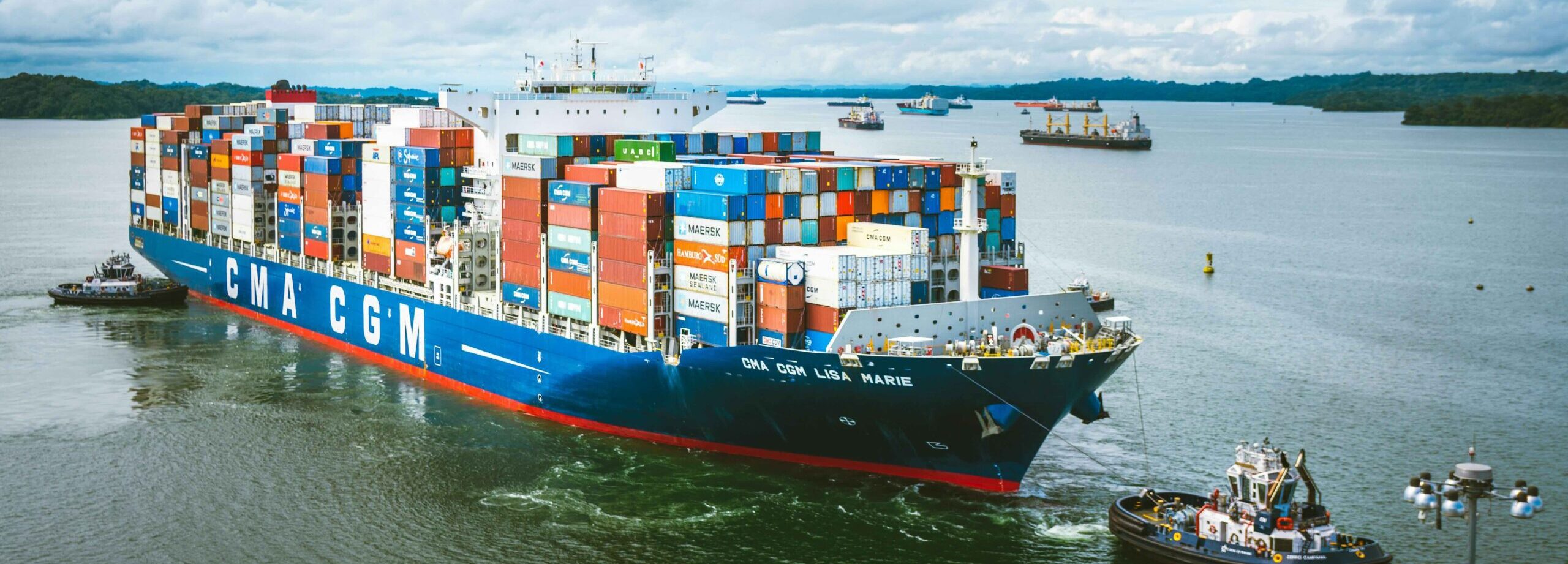The Panama Canal, a linchpin of global maritime trade, faces its most severe drought in history, resulting in unprecedented restrictions on vessel transits. Currently, hundreds of cargo vessels and tankers are stuck in front of the channel, with average wait times exceeding three weeks. This crisis is a major engineering challenge and a stark reminder of how vulnerable the global trade system is to weather shifts. At the heart of the Panama Canal drought lies the El Niño weather phenomenon, exacerbated by the broader issue of climate change. El Niño induces substantial weather anomalies, including reduced rainfall in Central America, directly affecting the water levels crucial for the canal’s operation. Climate change amplifies these effects further, resulting in more frequent and severe drought conditions.
Under normal circumstances, the Panama Canal can accommodate about 35 ship crossings daily. However, the drought has caused a more than 30 percent reduction in vessel transits, limiting daily crossings to around 24 ships, as shown in Figure 1. This reduction is not just a logistical challenge but a substantial economic setback for Panama. Canal administrators anticipate a staggering loss of $500 million to $700 million in revenue for fiscal year 2024. The first quarter of fiscal year 2024 alone witnessed a 20 percent decrease in cargo volume, leading to 791 fewer ships than the previous year.
Figure 1: Daily vessel transit through the Panama Canal plummets by 30 percent.

The United States heavily relies on the Panama Canal for its agricultural exports, especially to Asian markets, facing profound repercussions due to this crisis. Figure 2 shows that grains and oilseeds are the major agricultural transit goods in volume. Last year, about 26 percent of U.S. soybean and 17 percent of corn exports passed through the Panama Canal. Due to the disruptions, U.S. agricultural exporters grapple with rising shipping costs and extended transit times. These additional expenses will translate into higher prices for agricultural products in Asian markets. For some perishable goods, shipping delays can impact market value due to compromised quality.
Figure 2: Panama Canal handles over 26 percent of U.S. soybean and 17 percent of corn exports.

The trajectory of the Panama Canal’s operational capacity in 2024 hinges mainly on environmental factors that are out of human control. While the impending rainy season might offer temporary relief, broader concerns surrounding climate change and the persistence of El Niño suggest the possibility of recurring droughts. In response, the Panama Canal Authority started to explore different water management techniques and new water sources to sustain both the canal’s functionality and Panama’s domestic needs.
Looking into the future, U.S. agricultural exporters may need to reassess their logistical strategies, including exploring alternative shipping routes, adjusting shipping schedules, and potentially diversifying export markets to mitigate risks associated with the canal’s reduced capacity. The situation unfolding in the Panama Canal shows the vulnerability of global trade to environmental changes. It underscores the necessity for resilience and adaptability in international trade practices in the face of climatic challenges. This challenge calls for collaboration among global trade stakeholders to alleviate the impacts of these disruptions and strengthen the resilience of the international trading system.
Lim, Sunghun, Sandro Steinbach, and Xiting Zhuang . “Panama Canal Traffic Delays Threaten Southern Ag Global Supply Chains.” Southern Ag Today 4(8.4). February 22, 2024. Permalink


